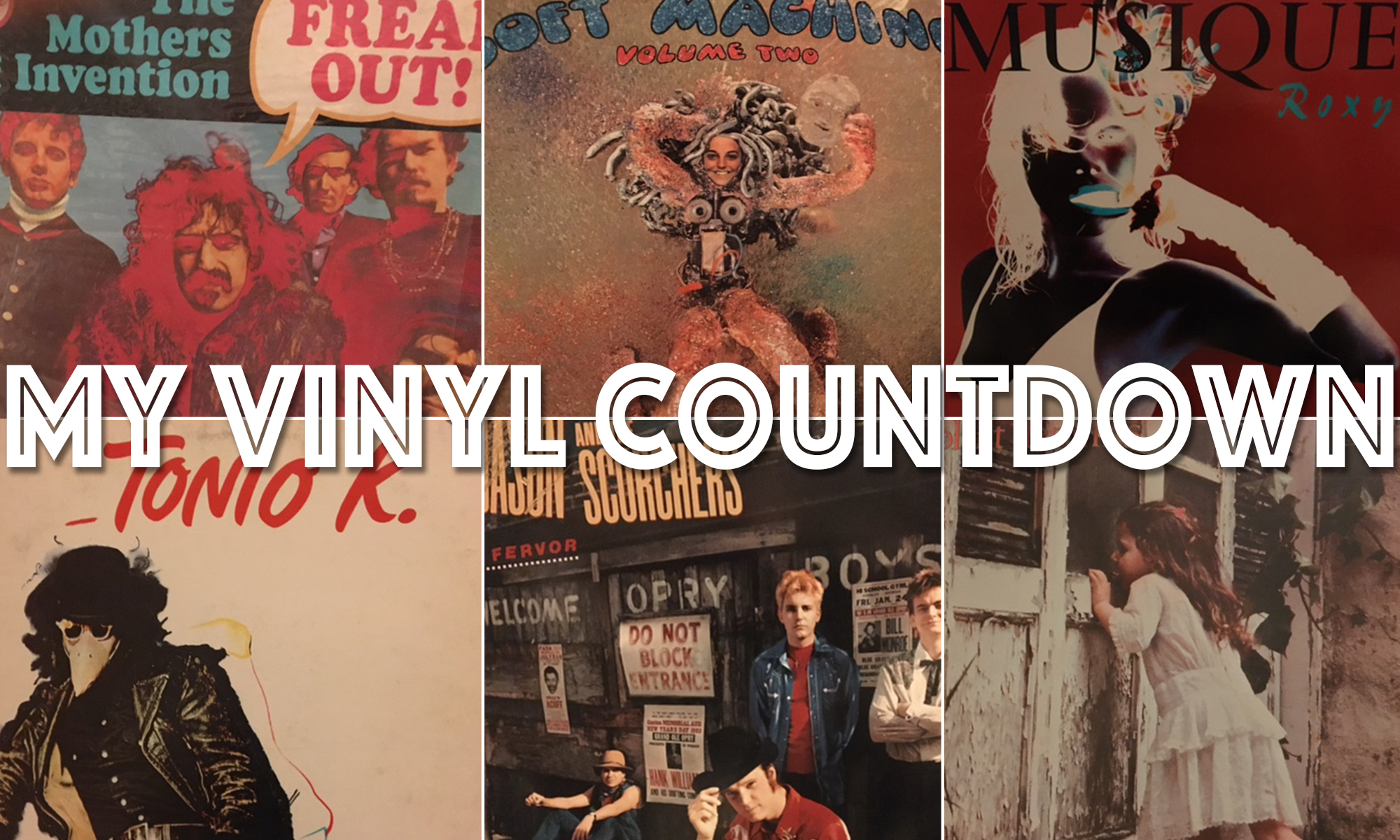This is an opinion column by Mike Oliver, who frequently writes about his own diagnosis of Lewy body dementia and other health, life and death issues.
So who told Ted Turner, CNN magnate, that his newly diagnosed Lewy body dementia is not fatal.
Is he just playing it down?
Because I’ve got news for him: It is 100 percent fatal. You get it you die.
Like a lot of diseases, right? No.
What Ted has, Lewy body dementia, shortens lifespans. Alzheimer’s and Parkinson’s, on average, do not. (Some say Parkinson’s and Alzheimer’s shortens life 2 or fewer years.)
There is no cure for any of these degenerative brain diseases.
Turner, the billionaire TV cable mogul, said in an interview today on CBS This Morning that he has been diagnosed with Lewy body dementia.
“It’s a mild case of what people have as Alzheimer’s. It’s similar to that. But not nearly as bad. Alzheimer’s is fatal,” Turner told Koppel at his 113,000-acre ranch near Bozeman, Montana. “Thank goodness I don’t have that.”
I don’t think Ted fully knows what’s coming. Maybe he does. But it sounds like Turner — like the vast public and, most troubling, the medical community — doesn’t have a clue about what he has.
The fact is that Lewy body dementia is not a form of Alzheimer’s disease and, not that a debate over ‘severity’ of the diseases accomplishes much, Lewy’s damaging symptoms can be equal to or worse than AD, if that’s even possible. Both kill the brain eventually and every step of the way you lose a little more control.
Turner said something else that goes to the heart of my mission:
“But, I also have got, let’s – the one that’s – I can’t remember the name of it.” (Bold emphasis mine.)
(MORE ABOUT THE UNDERDIAGNOSED DISEASE: LEWY LEWY, CALL IT BY ITS NAME)
Turner said, “Dementia. I can’t remember what my disease is.”
Too often patients don’t know what they got, some doctors know little about it.
I seek to raise awareness of this disease. I have — with generous help from the community — conducted two basketball tournament fund-raisers for Lewy body research at the University of Alabama at Birmingham. I have written quite a bit about it for my blog and AL.com. Go to my website and click on the Lewy Dementia button for some of my writing.
Come join me Mr. Turner.
Robin Williams had Lewy body dementia, and it was undiagnosed. He thought he was going crazy. The suicide I believe could have been prevented. The knowledge itself would have helped reduce anxiety. And with treatment targeted to Lewy body, not Alzheimer’s, not Parkinson’s, he might have had some good time left.
In the interview aired today, Turner said something that puts a point on what has become a mission of mine: Raise awareness for Lewy body. I write this right now on my laptop slowly in the hunt-and-peck mode because my right hand can’t type. Lewy body can present with Parkinsonian symptoms on top of the cognition issues.
Lewy body disease (LBD) is a umbrella term which covers Lewy body dementia, which I have. It’s been two years since I was diagnosed. I guess you would say I am in early stages and still highly functional.
But Lewy isn’t going anywhere.
Lewy body dementia will kill you on average 5 to 8 years after diagnosis. There are several sources for this including Mayo Clinic (other sources say 4 to 7 years or 5 to 7 years.)
Lewy body disease presents symptoms that include impaired cognition, and the kind of tremors associated with Parkinson’s.
Lewy body dementia has changed my world.
Trisha Powell Crain
You have a choice to get interested in what may kill you prematurely and do what I’m doing: Spreading the word. I’m a columnist for an AL.com and write about Lewy body dementia frequently here and on my music blog: www.myvinylcountdown.com
I have never heard anyone describe Lewy body as being milder than Alzheimer’s. They are two different things and affect everybody differently. But Alzheimer’s and Parkinson’s patients have less of a reduction in lifespan than Lewy body dementia patients.
Mayo Clinic says this:” Lewy body dementia, also known as dementia with Lewy bodies, is the second most common type of progressive dementia after Alzheimer’s disease dementia. Protein deposits, called Lewy bodies, develop in nerve cells in the brain regions involved in thinking, memory and movement (motor control).”
Let’s find a cure.
Reach me at moliver@al.com and see my blog at www.myvinylcountdown.com
Like this:
Like Loading...














